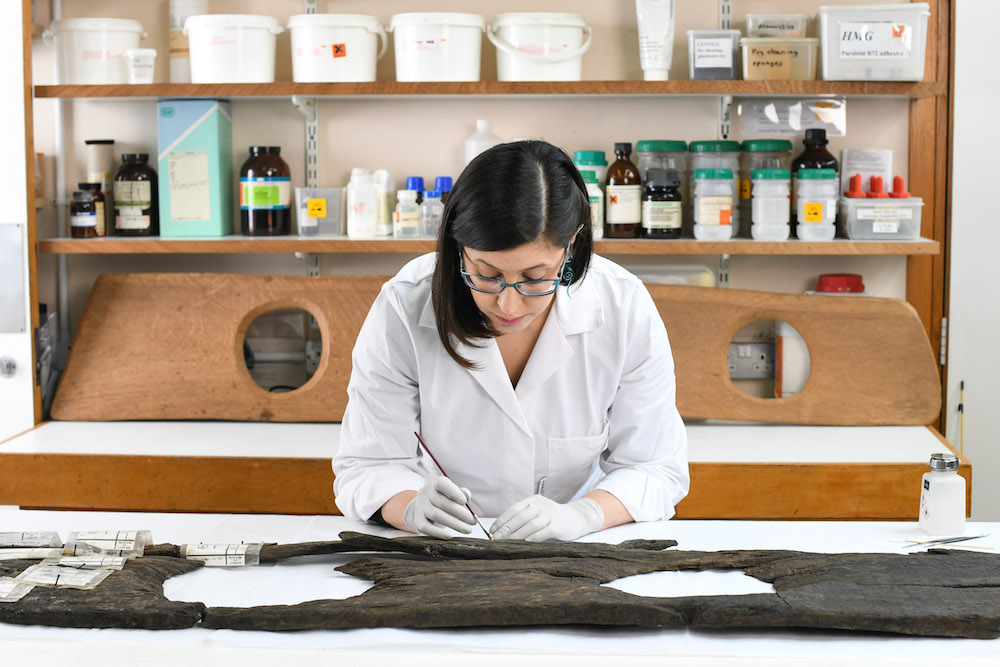Rare 12th-Century Triple Toilet Let Three People Go Number Two at Once

The next time fate slaps you with the middle seat on an airplane, bus or crowded car, at least be thankful you're not enduring the middle seat of a three-person toilet.
One such toilet — actually a 900-year-old plank of wood with three holes hacked into it — will soon go on display at the Museum of London Docklands as part of a new exhibit on the city's forgotten rivers. This rare, 12th-century triple-john once hung over a cesspit that drained into the River Fleet (now an underground tributary of the River Thames, but then a thriving commercial and residential artery). The toilet served what must have been a very intimate community of shopkeepers and tenement dwellers sitting shoulder to shoulder on the ax-hewn wood, museum curators said in a statement. [Gallery: The Toilets of Pompeii]
Archaeologists found this well-preserved toilet during a series of digs near the River Fleet conducted in the late 1980s and early 1990s, Kate Sumnall, an archaeology curator at the Museum of London Docklands, told Live Science in an email. Astonishingly, museum curators even think they know the names of at least some of the long-dead loo users who pressed their collective cheeks against the unlucky wood. Sumnall told The Guardian that the owners of the nearby tenement were a cap maker name John de Flete and his wife, Cassandra. The tenement itself was known as "Helle."
You can see Helle's toilet — and take selfies with a plastic replica — at the museum's "Secret Rivers" exhibition, which runs from May 24 to Oct. 27. The show will feature artifacts excavated from London's ancient and vanished rivers, including a cache of Bronze Age swords, spearheads and axes plopped into the Thames as votive offerings, a porcelain punch bowl dating to 1775-1780, and several animal skulls discovered in the River Fleet.
The exhibit will also feature historic photos, paintings, footage and poetry illustrating the city's lost river culture, in case the image of three tenement dwellers sitting cheek to cheek on Helle's toilet does not paint a vivid enough picture for you. To whet your appetite for more history, the great Jonathan Swift offers this portrait of London river life in his 1710 poem "A Description of a City Shower":
"Sweepings from Butchers Stalls, Dung, Guts and Blood, Drown'd Puppies, stinking Sprats, all drench'd in Mud, Dead Cats and Turnip-Tops come tumbling down the Flood."
Life is truly beautiful.
Get the world’s most fascinating discoveries delivered straight to your inbox.
- The 25 Most Mysterious Archaeological Findings on Earth
- Through The Years: A Gallery of the World's Toilets
- 25 Grisly Archaeological Discoveries
Originally published on Live Science.

Brandon is the space / physics editor at Live Science. With more than 20 years of editorial experience, his writing has appeared in The Washington Post, Reader's Digest, CBS.com, the Richard Dawkins Foundation website and other outlets. He holds a bachelor's degree in creative writing from the University of Arizona, with minors in journalism and media arts. His interests include black holes, asteroids and comets, and the search for extraterrestrial life.


